Disclosure: This article contains affiliate links. We may earn a commission from purchases at no extra cost to you, which helps our travel content.
Standing at 9,350 feet above sea level, with the scent of eucalyptus and wood smoke hanging in the thin mountain air, I felt my pulse quicken – partly from the altitude, partly from anticipation. Quito isn't just Ecuador's capital; it's a basecamp for adventure junkies nestled in the Avenue of Volcanoes. As someone who's spent years responding to wilderness emergencies, I've developed a paradoxical relationship with adrenaline – professionally mitigating it, personally seeking it. Quito delivers both the rush and the respite in equal measure. The city itself, with its UNESCO-protected colonial architecture, provides cultural grounding while the surrounding Andean landscape offers heart-pounding adventures that would make even my most daring EMT colleagues think twice. This past summer, my partner in adventure crime (a fellow first responder) and I spent seven unforgettable days exploring Quito's high-altitude thrills and uncovering healing traditions that have sustained Andean communities for centuries.
Acclimatizing in Quito: Urban Adventures with Altitude
First rule of high-altitude adventure: respect the adjustment period. As a paramedic, I've treated enough cases of altitude sickness to know it's not something to mess with, even for the fittest travelers.
We spent our first two days exploring Quito's historic center at a deliberately measured pace. The Old Town's narrow cobblestone streets and colonial architecture provided plenty of visual feast without taxing our oxygen-starved muscles. The sacred geometry enthusiast in me marveled at La Compañía de Jesús church, where Baroque meets indigenous craftsmanship in a stunning golden interior that follows perfect mathematical proportions.
By day two, we were ready for the TelefériQo cable car, which whisks you from 10,226 feet to a breathtaking 12,943 feet on the eastern slopes of Pichincha Volcano. The 18-minute ascent gives your body a gentle introduction to altitude changes while offering panoramic views that showcase Quito's unique topography – a long, narrow city cradled by volcanic peaks.
At the upper station, we hiked the gentle trails around the viewing platforms, monitoring our breathing and heart rates (occupational habit). I noticed how the indigenous vendors at the summit moved with practiced ease, their bodies perfectly adapted to the thin air through generations of highland living – a beautiful example of human adaptation that always fascinates my biology-loving mind.
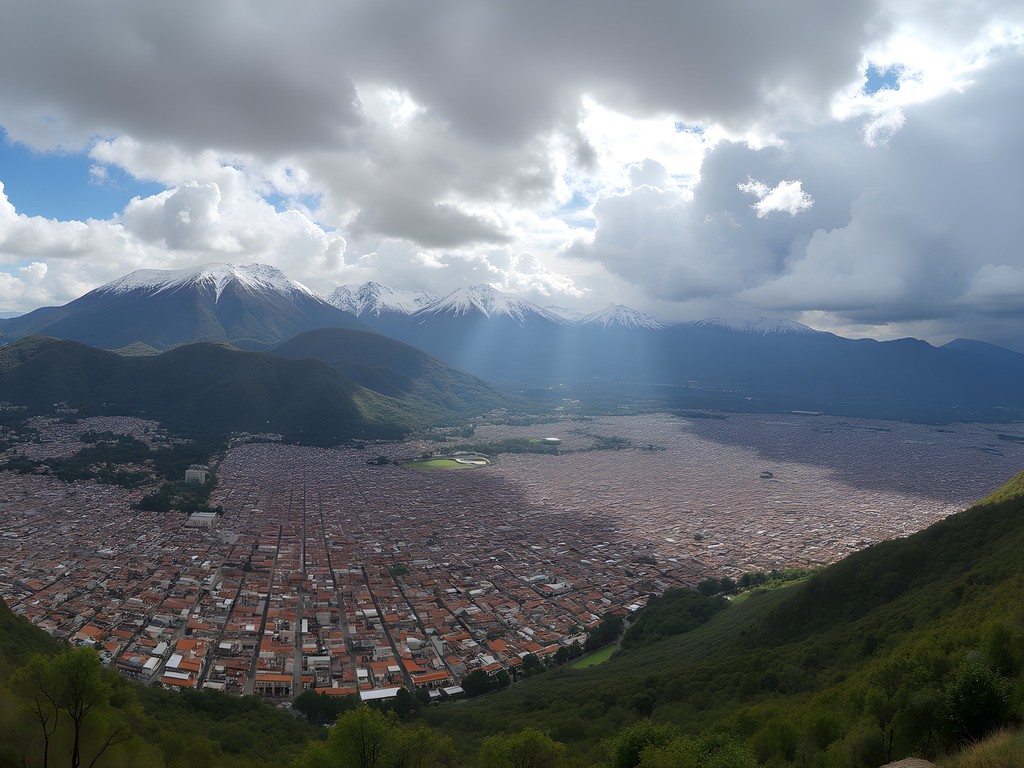
💡 Pro Tips
- Drink coca tea upon arrival to help with altitude adjustment (it's legal and widely available in Ecuador)
- Carry a compact pulse oximeter if you have respiratory concerns or are particularly altitude-sensitive
- Apply the mountaineer's wisdom: climb high, sleep low – do your exploring during the day but return to Quito's lower elevation to sleep
Cotopaxi: Dancing with an Active Volcano
"The mountain decides who climbs her today," our Indigenous guide Miguel told us as we prepared for our Cotopaxi adventure. Having grown up hearing my Mi'kmaq grandmother speak of landscape as living entity, this resonated deeply.
Cotopaxi National Park lies about two hours south of Quito, home to one of the world's highest active volcanoes. At 19,347 feet, a summit attempt requires technical climbing skills and proper acclimatization. Instead, we opted for the more accessible but still challenging hike to the refuge at 15,744 feet.
The morning drive through the Avenue of Volcanoes was ethereal – mist hanging in valleys between symmetrical peaks, wild horses grazing on páramo vegetation. As we ascended Cotopaxi's flanks in our 4x4, the landscape transformed to lunar-like volcanic soil.
The hike from the parking area to the refuge is only about one kilometer, but at that altitude, every step demands respect. My trekking poles became essential extensions of my limbs, providing stability on the loose volcanic scree. The thin air made my EMT instincts kick in – monitoring my partner's color and breathing pattern, ensuring proper hydration.
Reaching the refuge, we shared hot chocolate with climbers preparing for midnight summit pushes. The glacier above us creaked and groaned – a living reminder of the mountain's power and the rapid effects of climate change that have caused it to recede dramatically.
Despite years of wilderness medical training, nothing prepares you for the humbling sensation of standing on an active volcano, feeling the earth's geological power beneath your feet. It's a reminder of our beautiful insignificance.
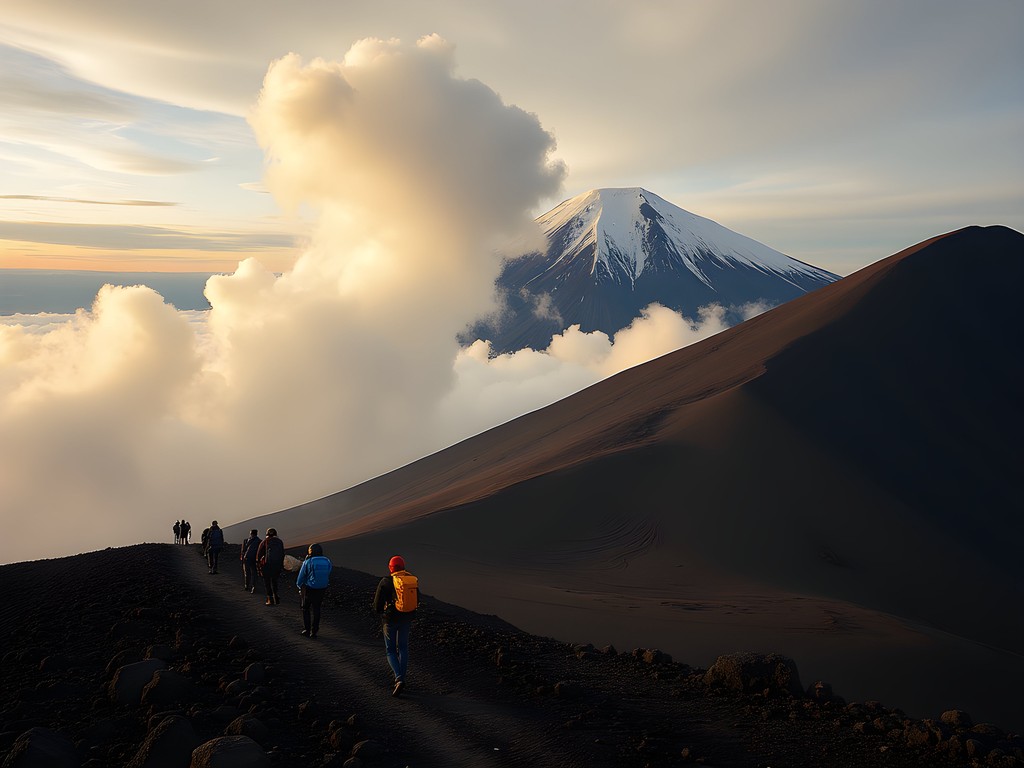
💡 Pro Tips
- Layer your clothing – temperatures can range from freezing to surprisingly warm in direct equatorial sun
- Book guides in advance through reputable companies that employ local indigenous guides with generational knowledge
- Consider renting gear in Quito rather than packing specialized cold-weather equipment
Mindo Cloud Forest: Adrenaline Meets Biodiversity
After the stark volcanic landscapes, we craved green – and Mindo's cloud forest delivered in spectacular fashion. Located just two hours northwest of Quito, the descent from Andean highlands to cloud forest is like traveling between worlds. The temperature rises, humidity thickens, and suddenly you're surrounded by a cacophony of life.
Mindo is where my two passions – adventure and healing traditions – perfectly intersect. The region is renowned for both its biodiversity and its adventure offerings. We started with the canopy zipline tour, which sends you flying across 13 cables spanning over two kilometers through the forest canopy. As someone who's rappelled from helicopters during mountain rescues, I'm no stranger to heights, but there's something uniquely exhilarating about soaring through mist-shrouded treetops while exotic birds flash by.
For our second day, we chose canyoning – descending waterfalls through a combination of rappelling, jumping, and sliding. The guide noticed my medical pack (old habits die hard) and immediately recruited me as the unofficial safety officer. The cold mountain water was bracing but invigorating, especially after our adrenaline-pumping 45-foot rappel down the face of a thundering waterfall.
Between adventures, we explored Mindo's chocolate producers, where I recognized many of the medicinal plants my grandmother had taught me about, albeit in different species adapted to this ecosystem. The reverence local producers showed for the cacao growing process reminded me of traditional plant harvesting ceremonies – acknowledging that food is medicine when produced with intention and respect.
For our cloud forest adventures, my waterproof backpack proved invaluable for protecting camera gear and emergency supplies through waterfalls and rain showers. I'd also recommend investing in a good quick-dry towel that won't take up much space but will make post-adventure comfort much more accessible.
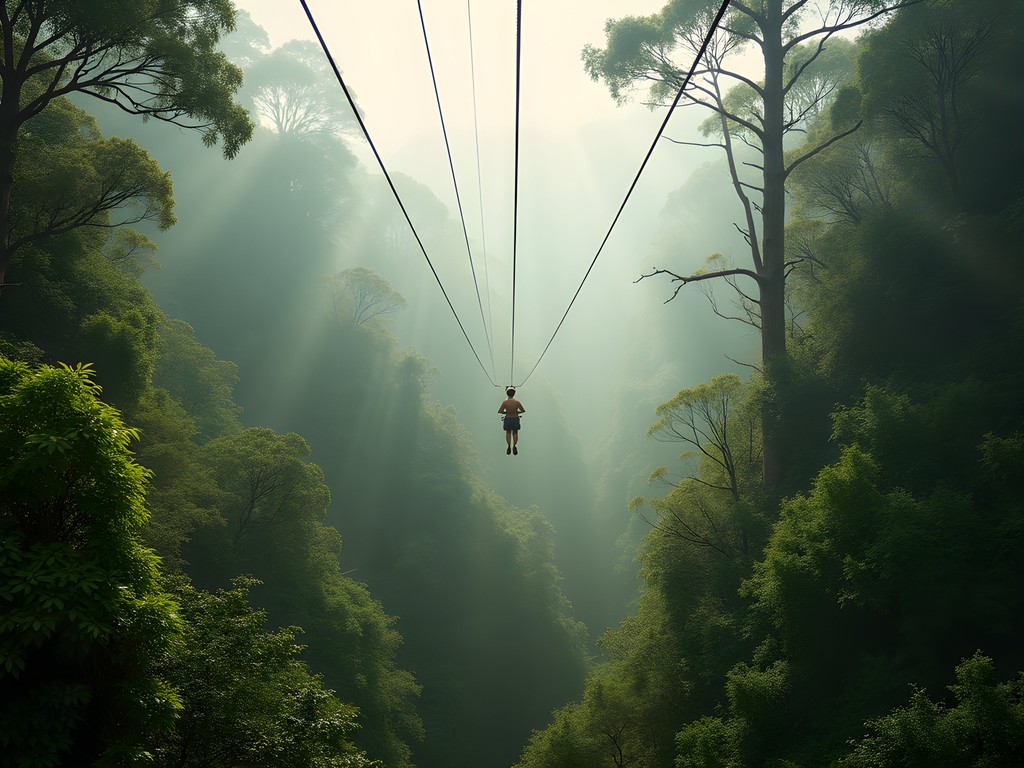
💡 Pro Tips
- Book zipline tours for early morning when wildlife is most active and crowds are thinner
- Pack lightweight quick-dry clothing that provides sun protection but won't weigh you down when wet
- Bring binoculars – Mindo hosts over 500 bird species including the elusive cock-of-the-rock
Quilotoa Loop: Trekking the Crater Lake Circuit
"The lake changes color with the mood of Pachamama," explained our guide Javier, referring to the Andean earth mother deity, as we gazed down at the startling turquoise waters of Quilotoa crater lake. The sacred geometry of this perfect volcanic caldera filled with mineral-rich water struck me immediately – nature's own medicine wheel.
The full Quilotoa Loop is a multi-day trek connecting remote Andean villages, but with our limited timeframe, we opted for a modified two-day version focusing on the crater itself and nearby communities. From Quito, it's a three-hour drive to the starting point.
The initial descent to the lake is deceptively easy – a steep zigzagging path that takes about 30 minutes. It's the climb back up that tests your lungs and quads, especially when you factor in the 12,800-foot elevation. Along the crater rim, the full-day hike between the villages of Quilotoa and Guayama offers constantly changing perspectives of the lake while introducing you to local Kichwa communities.
What struck me most was how the indigenous communities here have adapted to harsh conditions through collective knowledge. When my partner developed a mild headache from the altitude, our homestay host immediately prepared a tea from local herbs that eased symptoms within an hour. As someone who bridges Western emergency medicine with traditional healing practices, these moments of cross-cultural healing wisdom are what I travel for.
The night temperatures dropped dramatically, making me grateful for my merino base layers that regulated temperature beautifully while we enjoyed stargazing from our homestay's courtyard. The Milky Way at this elevation, far from light pollution, appears close enough to touch – a cosmic sacred geometry mirroring the perfect circle of the crater below.

💡 Pro Tips
- Book homestays through community tourism initiatives rather than large tour companies to ensure money benefits local families
- Bring cash for villages along the loop as ATMs are nonexistent
- Consider hiring a local guide for cultural context – their knowledge transforms a physical challenge into a cultural immersion
Healing Traditions: Quito's Markets and Medicine
Between adrenaline-fueled adventures, I sought out the healing traditions that have sustained Andean communities for millennia. Quito's Mercado Central became our regular breakfast spot, where food stalls serve traditional dishes like locro de papa (potato soup with cheese and avocado) – the perfect remedy for muscles sore from previous day's activities.
But it was the Mercado de San Francisco that truly captured my medical curiosity. The traditional healers' section features herbs, minerals, and ritual objects used in indigenous medicine. As someone with Mi'kmaq heritage who grew up learning plant medicine from my grandmother, I recognized parallel healing philosophies despite the completely different ecosystems.
We arranged a limpia (traditional cleansing) with a curandera who used bundles of sacred herbs, egg diagnosis, and focused energy work. My paramedic colleagues might raise eyebrows, but I've witnessed enough unexplainable recoveries in my career to approach traditional healing with respect rather than skepticism.
The curandera identified tension in exactly the shoulder I'd injured during a mountain rescue three years ago – something not visibly apparent. Her treatment combined physical manipulation surprisingly similar to modern physical therapy with energetic clearing using smoke and plant essences. The experience left me with increased mobility and a deeper appreciation for Ecuador's living medical traditions.
For those interested in traditional medicine, I recommend visiting the Jardín Botánico in Quito first to understand the scientific properties of medicinal plants before exploring their cultural applications in the markets. The garden's medicinal section features excellent bilingual signage explaining both indigenous and pharmaceutical applications.
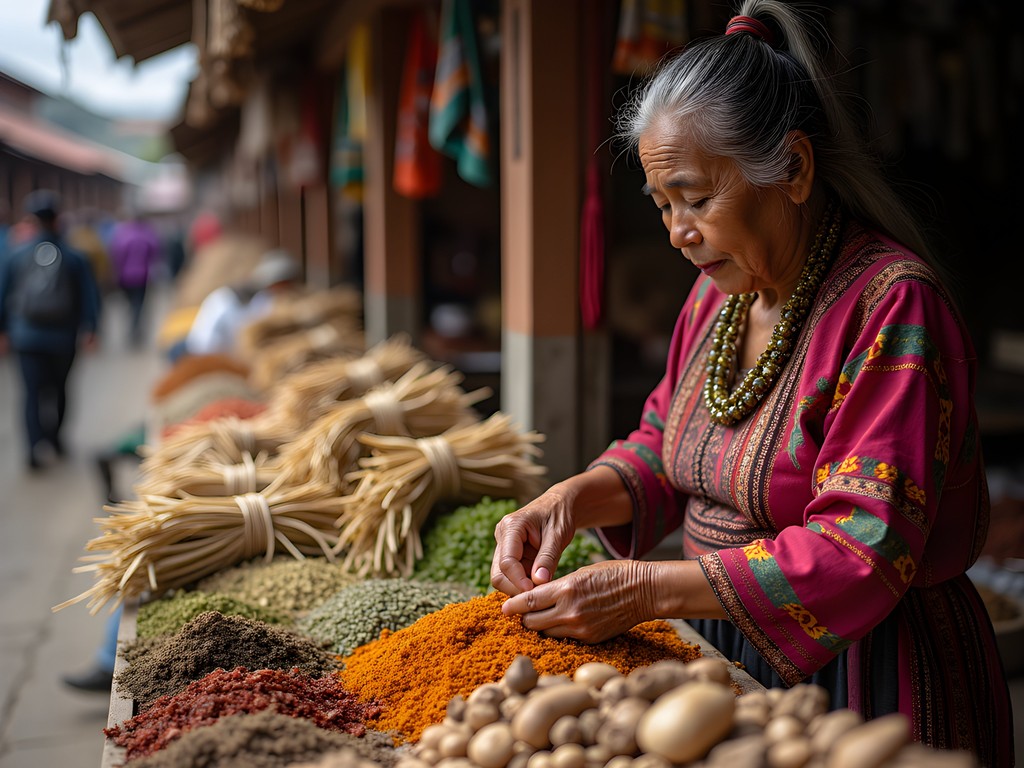
💡 Pro Tips
- Approach traditional healers with respect, not as tourist entertainment
- Learn basic Spanish phrases related to health concerns before seeking traditional treatments
- Ask permission before photographing market vendors or healing ceremonies
Final Thoughts
As our flight lifted off from Quito's Mariscal Sucre International Airport, I watched the Avenue of Volcanoes recede below us, each peak standing sentinel over ancient knowledge and modern adventure. Ecuador offers a rare balance that speaks to both sides of my nature – the adrenaline-seeking wilderness medic and the contemplative healer connecting with indigenous wisdom. For couples seeking to bond through shared adventures while also deepening their connection to traditional knowledge, Quito provides the perfect basecamp. The sacred geometry of its volcanic landscapes creates natural temples for both exhilaration and reflection. Whether you're rappelling down waterfalls or receiving a traditional limpia, Quito reminds us that true wellness emerges when we honor both our need for heart-pounding adventure and soul-nourishing connection to ancient wisdom. As my Mi'kmaq grandmother always said: the land remembers us even when we forget ourselves – and Ecuador's landscapes have a way of helping you remember what truly matters.
✨ Key Takeaways
- Always respect altitude acclimatization when planning Andean adventures
- Combine adrenaline activities with cultural experiences for a more meaningful connection to Ecuador
- Indigenous healing traditions offer valuable complementary approaches to wellness during travel
📋 Practical Information
Best Time to Visit
June-September (dry season)
Budget Estimate
$75-150 per person per day excluding international flights
Recommended Duration
7-10 days
Difficulty Level
Moderate (Due To Altitude And Physical Activities)


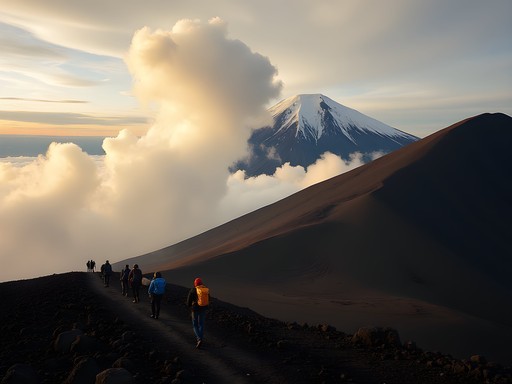
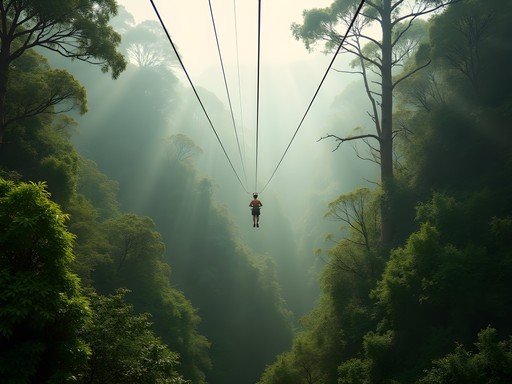
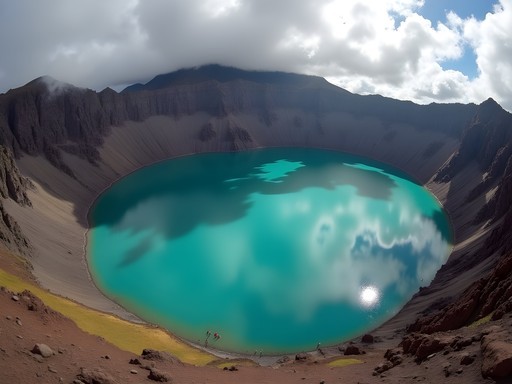
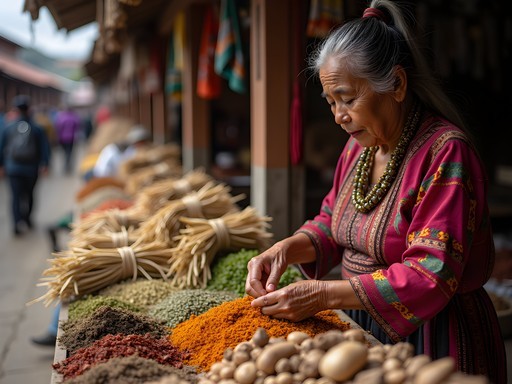




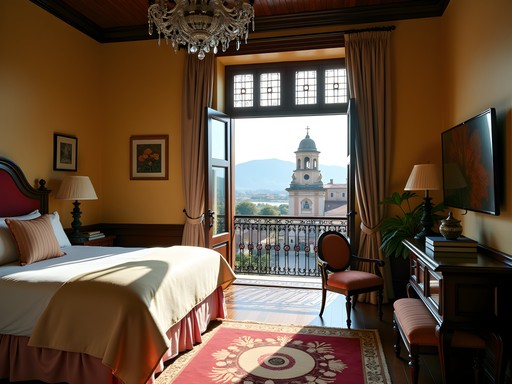





Comments
EcuadorFan
Those Cotopaxi photos are incredible! Definitely on my bucket list now.
Sophia Gomez
Sage, this brings back so many memories! I visited Quito last year for a travel conference and extended my stay to explore. The Mindo cloud forest was magical - I did the canopy tour and spotted 27 different bird species in one day! For anyone planning this trip, I highly recommend bringing layers for Cotopaxi - the weather changes in minutes up there. Also, I used my altitude sickness pills which really helped with the adjustment. The local buses to Quilotoa were an adventure themselves! Did you try the traditional canelazo drink in the Old Town? Perfect after a day of adventure!
AdventureSeeker92
Heading to Quito next month! How many days would you recommend for the Quilotoa Loop?
Sophia Gomez
I'd set aside 3-4 days minimum for Quilotoa if you want to do the full loop without rushing. The views are worth taking your time!
hikingpro
Just got back from Quito last month and did the Cotopaxi hike too! That altitude is no joke - wish I'd spent more time acclimatizing like you suggested. Made it to the refuge but had to turn back before the glacier. Did you experience any altitude sickness? The ziplines at Mindo were the highlight of my trip though - soaring above that cloud forest was INSANE! Definitely gonna try that Quilotoa Loop next time.
Sophia Gomez
The altitude in Quito is definitely challenging! I had a similar experience on Cotopaxi my first time. I found spending at least 2-3 days in Quito before attempting any serious hiking made a huge difference. Did you try the coca tea? Local remedy that really helps!
hikingpro
Yes! The coca tea was my lifesaver! Drank it constantly those first few days. Did you do the Teleferico in Quito? That view was incredible.
springrider707
OMG I JUST BOOKED MY FLIGHT TO QUITO!!! This post couldn't have come at a better time! So excited to try the cloud forest ziplines - they look terrifying and amazing! Has anyone done the night walk in Mindo to see the frogs and stuff? Worth it?
vacationchamp
Did the night walk! Absolutely worth it - saw so many weird insects and a kinkajou! Bring a headlamp with a red light setting to not disturb the wildlife.
nomadguide
Those Cotopaxi photos are INSANE! Adding this to my bucket list immediately.
Bryce Diaz
Reading this took me right back to my Quito adventure last year! The ziplines in Mindo were incredible - I still remember that rush of flying through misty cloud forest with toucans in the distance. One tip I'd add: if you're doing Cotopaxi, invest in proper hiking boots with ankle support. I saw too many people struggling in regular sneakers on that volcanic scree. I used my hiking boots and they were perfect for the terrain. Also, don't miss the hot springs in Papallacta after your adventures - about 1.5 hours from Quito and the perfect remedy for sore muscles!
freestar
Heading to Quito in November! How many days would you recommend for the Quilotoa Loop? And is it possible to do without a guide?
Sage Dixon
I'd recommend 3-4 days for the full Quilotoa Loop experience. You can absolutely do it without a guide - the trail between villages is well-marked, and hostels along the way can help with directions. Just make sure you have offline maps downloaded!
freestar
Thanks Sage! That's super helpful. Definitely adding it to my itinerary now.
vacationchamp
Just got back from Quito last month and this post is spot on! That altitude is no joke - took me 3 full days to stop feeling like I was walking through molasses. The Cotopaxi hike was the highlight of our trip too, though we chickened out halfway to the refuge when the weather turned. That view of the Avenue of Volcanoes is something I'll never forget. Did anyone else find the locals super friendly? Every time we looked lost (which was often), someone would appear to help us out.
Casey Andersson
The altitude hit me hard too! I found drinking coca tea helped a lot, they serve it everywhere in Quito. Totally worth the adjustment period though!
dreamexplorer
I'm planning a trip to Ecuador next spring and I'm a bit worried about the altitude sickness. I've never been above 8,000 feet before. Any tips on how to prepare or medication to bring? Also wondering if the Mindo ziplines would be too scary for someone with a mild fear of heights (me lol). The cloud forest looks too amazing to miss though!
Sage Dixon
The best thing you can do is take it slow the first few days. Stay hydrated, avoid alcohol, and consider talking to your doctor about Diamox (acetazolamide) before you go. For the ziplines, they have different courses - some are lower and slower if you're nervous. The views are worth pushing through the fear!
dreamexplorer
Thanks so much for the advice! Will definitely talk to my doctor and take it easy those first days. Maybe I'll build up courage for the ziplines as the trip goes on!
skyphotographer
That shot of the crater lake is unreal! What camera setup are you using?
Sage Dixon
Thanks! Just using my trusty Sony A7III with a 24-70mm lens for most of these shots. The colors at Quilotoa are so vibrant they almost look edited, but that's really how it appears!
Venture X
Premium card with 2X miles, $300 travel credit, Priority Pass